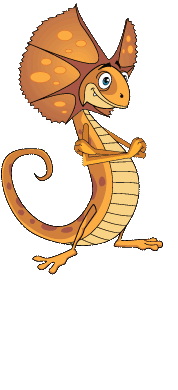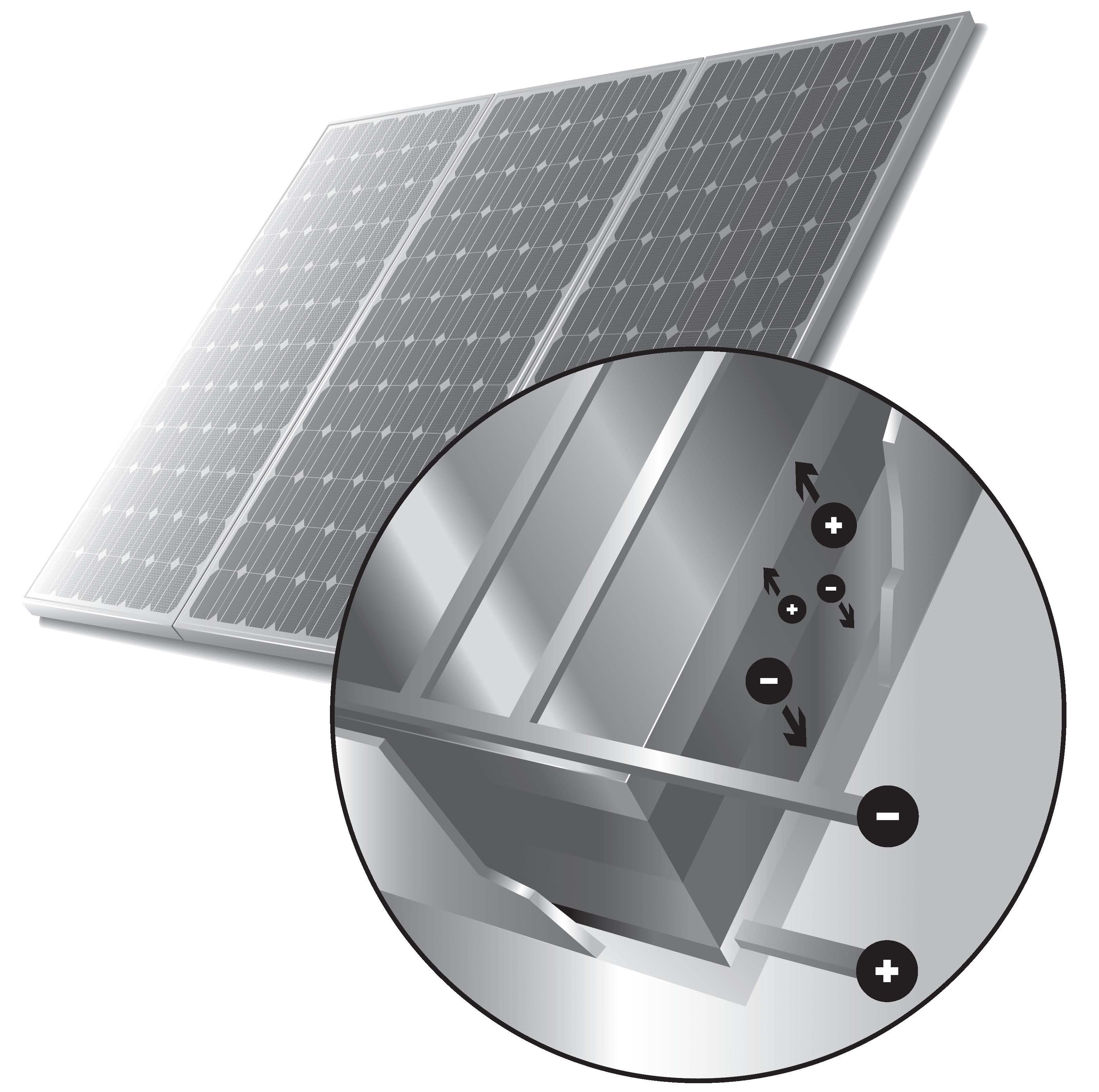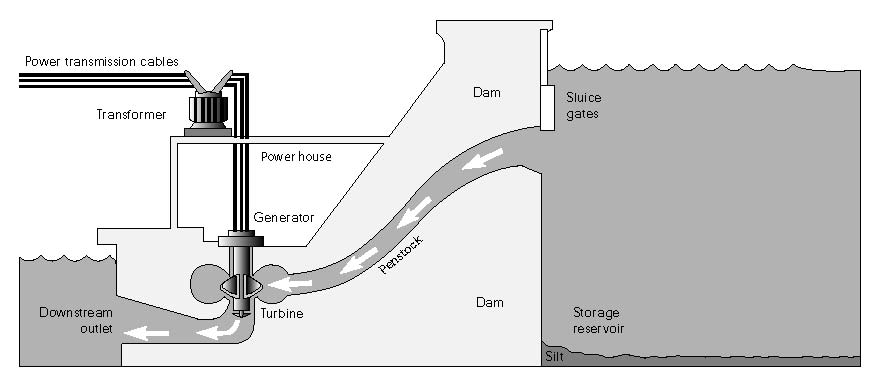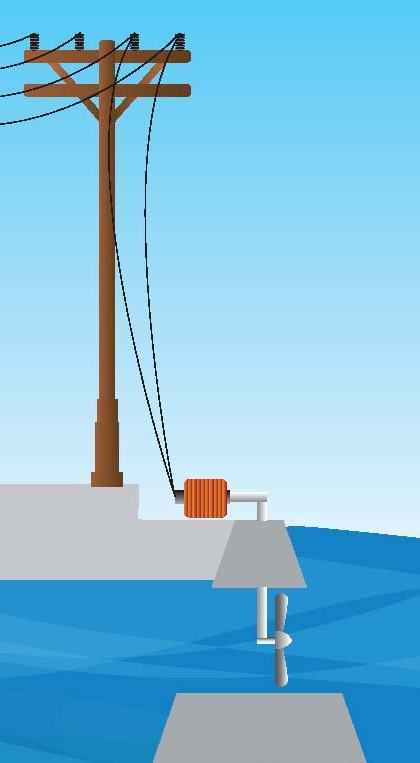Solar
Each day we wake to the light of the sunshine hoping to feel the warmth of the sun.
These rays of sunshine are known as solar radiation, and are the energy we use to create electricity.
We can use this energy in two ways; directly or indirectly. Directly involves only one change before the energy can be used, and indirectly involves a couple of changes before it can be used.
Directly
Have you noticed solar panels on roof tops? These use direct solar radiation to generate electricity. The sunlight striking the panel frees electrons in the silicon material, generating a flow of electrical energy.
Solar panels use special cells called photovoltaic (PV) cells; ‘photo’ meaning light and ‘voltaic’ meaning electricity, to capture solar energy.
Horizon Power has two solar power stations in the East Pilbara region in Western Australia; one in Marble Bar and the other in Nullagine. There are a total of 1350 solar panels in Marble Bar and 900 solar panels in Nullagine. These power stations provide 87 per cent of the electricity used during the day.
Indirectly
Indirect solar energy involves a couple of transfers before it can be utilised. When we eat an apple to give us energy to run around and play, the apple tree has already converted the solar radiation through photosynthesis to produce the tasty apples.
All that electricity made from the sun - amazing isn’t it?
Wind
The wind is something you feel every day. It can cool you down, help you fly your kite or ruin a great hair do!
What most people don’t realise is just how great wind can be at making electricity.
So how do wind turbines work?
- Like the old fashioned windmills built many years ago in Holland, today’s wind turbines use blades to collect energy from the wind.
- The wind flows over the blades creating lift, which cause them to turn.
- The blades are connected to a shaft (a big pole) that spin a magnet in the electric generator to produce electricity.
- The amount of electricity produced depends on the wind speed, how long the blades are, how tall the wind turbine is, and how thick the air is (or the density of the air).
Horizon Power currently distributes electricity from four wind farms in Western Australia - Denham, Coral Bay, Hopetoun and Esperance.
Hydro
‘Hydro’ meaning water relies on the force of water to generate electricity.
Rainwater is captured in dams and the difference in height between the two bodies of water creates a lot of pressure.
Inside the dam walls there are tunnels known as penstock tunnels. When water passes through these tunnels the force of the water spin very large turbines which then spin a magnet inside an electrical generator.
Horizon Power distributes electricity produced from a huge hydroelectric power station to provide power to Kununurra, Wyndham and Lake Argyle. Inside the dam wall sit two turbines called francis turbines which are connected to two electrical generators. This power station generates 132 000 volts of electricity.
Tidal
Tidal energy converts the mechanical energy of tides into electrical energy.
There are three main types of tidal energy:
Barrages make use of the potential energy found in the difference in height between high and low tides. A barrage is a floating wall built across the full width of an estuary or canal.
Tidal stream systems use the movement of water to spin turbines. These systems are becoming more popular as they are cheaper to install than barrages.
Tidal lagoons are similar to barrages but can be built so they don’t have to reach across the full width of an estuary.
Currently we don’t use tidal energy to generate electricity in Australia, however it has great potential for future generations as tides are much more predictable than wind or solar energy.
Geothermal
The word geothermal comes from the Greek words ‘geo’ meaning Earth and ‘therme’ meaning heat.
Geothermal energy uses the natural heat within the Earth to generate electricity.
Water is either sent down to this layer or reservoirs are tapped into. As the water heats and turns to steam it travels under high pressure into the power station to spin the turbines and generate electricity.
In Australia, geothermal energy is rarely used, however geologists are exploring hot spots for future developments.
Biomass
Biomass is the name given to all plants and animals on Earth.
Biomass products such as wood, waste materials, gases and alcohol store energy which can be used to generate electricity.
There are three ways biomass is used to generate electricity:
Burning of wood, compost and straw.
Direct combustion which burns the biomass fuel in boilers.
Converting the biomass into a gas called methane which is used to fuel generators.
Biomass is a great renewable energy source as it can be created on demand, unlike solar and wind. However large quantities of the biomass products are required to generate the amounts of electricity we use.
Wave
Waves are made by wind blowing over the ocean.
The mechanical energy in waves can be captured and used to generate electrical energy.
There are two types of wave energy devices:
Fixed devices are built into the shoreline or the seabed in shallow water. An example of a fixed generating device is an Oscillating Air Column generator. As a wave enters the device, air is pushed through a tube to spin a turbine. As the wave retreats it draws air back into the tube, continually spinning the turbine and generating electricity.
Floating wave devices are found under water away from shore. The device floats up and down and water is forced through pipes to spin a turbine.
In Fremantle, Western Australia, there is a wave floatation device called Ceto, which is named after a Greek water goddess. The buoys bob up and down as waves move across, sending seawater through pipes onto land to spin turbines and generate electricity. Part of the water is also sent to a separate area where it is put through a desalination process for use in drinking water.














